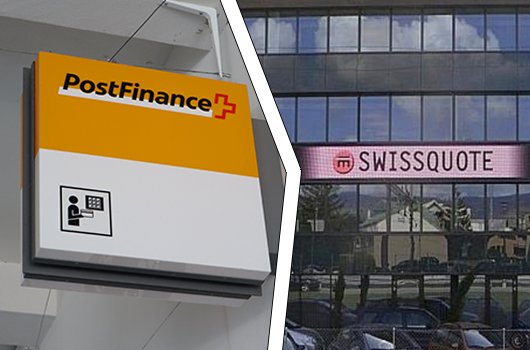That's it, you've decided to become a homeowner. A dream already realised by nearly 37.5% of the population (2013 figure). A proportion that will surely increase in the future. Indeed, the cost of a rental unit is now higher than that of property financed by a mortgage. After choosing your future home, the financial institution that will provide you with a loan will have to estimate the house by taking into account the lowest market value as well as criteria such as the age of the property, its state of maintenance, its location, etc. Be careful, as this price is not the same as the selling price of the property. It will then be a matter of checking whether your income and assets are sufficient and whether you are in debt.
However, it is often rare to have a financially sound second pillar, a private savings of several hundred thousand francs or a sufficiently high income to convince banks to grant you a loan. In order to finance your future property, several options are available. First of all, it will be necessary to survey the different market offers and take into account a multitude of factors, such as equity capital, second and third pillar assets and the choice of depreciation.
Compare the offers of banks and insurance companies
These two types of institutions each provide mortgage financing. The difference between their offers is in the conditions of acceptance of the file as well as on the rate that is offered.
Usually, insurers offer better long-term interest rates than the banking sector. Indeed, when a bank makes a mortgage financing, it actually buys capital on the financial market in order to sell it to the future owner with its own margin. The insurance company will invest the assets of its policyholders on which it has undertaken to pay a fixed technical rate over the entire contractual period. As the risk is limited in these investments, the acceptance criteria are more flexible than banks. For example, the opening of a bank account will not be taxed. However, it will not be possible for an insurance company to grant a construction or renovation loan.
Factors to consider when financing a property
There are several ways to acquire your property that will be studied by the bank or insurer that will finance the mortgage. In Switzerland, it is often necessary to contribute 20% of the real estate value in equity capital. If you do not have sufficient liquidity, which is often the case, the equity capital can be supplemented with capital from your second and third pillar (as long as it does not exceed half of the 20% of equity required), but also with securities, loans, donations, etc.
In the case of the second pillar, which cannot finance a secondary residence, there are two measures to encourage home ownership: the early withdrawal of pension assets and the pledge of pension fund benefit rights. It should be noted that in the event of marriage, the consent of the spouse is required for any withdrawal from the 2nd pillar.
When withdrawing from the 2nd pillar, what are the differences between an early withdrawal and a commitment scheme?
In the event of an early withdrawal, the buyer pays an amount from his pension fund in advance. The bank will then finance the difference between this contribution and the purchase price. The capital is taxed between 4 and 12% and it is mandatory to repay the amount withdrawn within two years of the purchase of the property. The tax will be refunded afterwards. As a result, retirement pensions will be reduced. Other measures may be taken, depending on the regulations of your pension fund.
In the event of a commitment scheme, there is no release of cash and no taxation. Should you fail on some part, the bank is authorised to realise the commitment scheme and taxation is then carried out in the same way as in the case of an early withdrawal. Depreciation will also be more important because there is nothing to repay to the pension fund. The impact on the pension plan will be a benefit reduced by the amount pledged, should a risk occur. The advantage is that the capital remains on hand and continues to generate interest.
As you can see, the main attractions of the latter option are the possibility of reducing your equity contribution in order to negotiate a better mortgage rate, but the interest will be higher. This solution also makes it possible to increase tax deductions in certain cases.
For 3rd pillar assets, differences also remain between 3rd pillar a and b. For tied pension provision (3rd pillar a), the assets are only available to acquire a principal residence, unlike free pension provision (3rd pillar b). Regarding the taxation of withdrawal, the tied pillar is taxed as income, while the free pillar is not.
What's next?
If you have been able to raise 20% of the value of the property, it is then possible to obtain a mortgage loan that can finance up to 80% of the property. Finally, in order to guarantee financial capacity, it is absolutely necessary that the monthly housing charges do not exceed 33% of gross income. These monthly expenses are composed of mortgage interest and depreciation. Paying off your mortgage debt means changing the income tax base, either directly (a pre-agreed amount is repaid annually with a guarantee, such as life insurance) or indirectly (instead of repaying the loan, you can invest in a tax-efficient provident policy).
Last expenses
In addition to the mortgage loan at a maximum of 80% and a minimum of 20% of equity capital, 5% of purchase costs are added. These relate to notary fees or registration in the Land Register and must be paid at the conclusion of the purchase of the property. So don't forget to plan them in addition to the rest of the cash flow. You will find on our website a multitude of comparators allowing you to search and calculate the best offer that suits your needs, and thus realise your dream.









